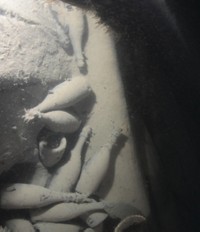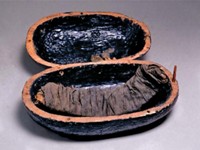Advertisement
Grab your lab coat. Let's get started
Welcome!
Welcome!
Create an account below to get 6 C&EN articles per month, receive newsletters and more - all free.
It seems this is your first time logging in online. Please enter the following information to continue.
As an ACS member you automatically get access to this site. All we need is few more details to create your reading experience.
Not you? Sign in with a different account.
Not you? Sign in with a different account.
ERROR 1
ERROR 1
ERROR 2
ERROR 2
ERROR 2
ERROR 2
ERROR 2
Password and Confirm password must match.
If you have an ACS member number, please enter it here so we can link this account to your membership. (optional)
ERROR 2
ACS values your privacy. By submitting your information, you are gaining access to C&EN and subscribing to our weekly newsletter. We use the information you provide to make your reading experience better, and we will never sell your data to third party members.
Environment
Beer Retrieved From 170-Year-Old Shipwreck Tastes “Goaty”
Scientists analyze 1840s-era bottles recovered from beneath the Baltic Sea
by Jyllian Kemsley
February 23, 2015
| A version of this story appeared in
Volume 93, Issue 8
Early-19th-century beer has “vinegary, goaty, and soured milk flavors,” at least after aging at the bottom of the Baltic Sea for about 170 years, according to a new study (J. Agric. Food Chem. 2015, DOI: 10.1021/jf5052943). In what turned out to be something of an archaeological booze cruise, divers retrieved beer bottles from a ship that sunk in the 1840s near Finland’s Åland Islands. A research team led by John Londesborough and Brian Gibson of VTT Technical Research Centre, in Finland, and Thomas Hofmann of the Technical University of Munich examined two of the bottles with chromatographic techniques common in modern beer analysis and had experienced beer tasters sample the brew. The bottles appeared to contain two different beers that originated from different batches of hops. Both beers had yeast-derived flavor compounds similar to modern beers. Those more pleasant flavors, however, were masked by vinegary- and goaty-tasting organic acids likely produced by bacteria that had been feeding on the beer for nearly two centuries.





Join the conversation
Contact the reporter
Submit a Letter to the Editor for publication
Engage with us on Twitter